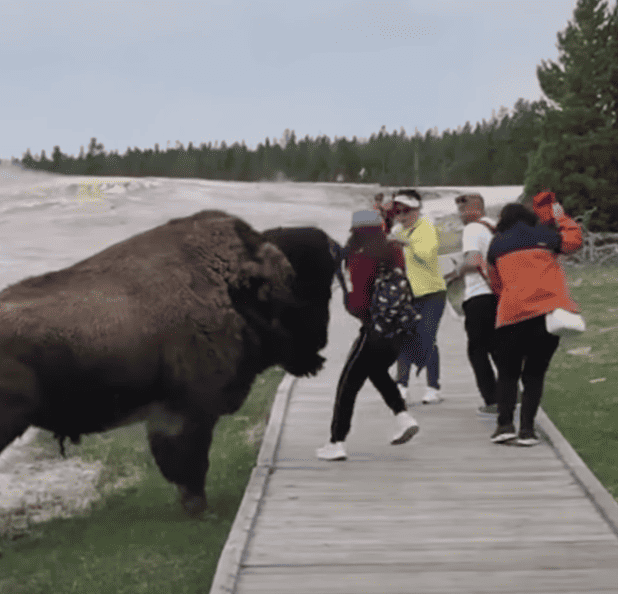In a viral video capturing the untamed beauty of Yellowstone National Park, a spine-chilling encounter unfolded as a curious tourist attempted to interact with a bison, only to be met with a charging response. The incident, captured on camera, serves as a stark reminder of the importance of respecting wildlife boundaries and understanding their behaviors in their natural habitat!
Let’s explore the behavioral traits of the Bison…
Protective Nature
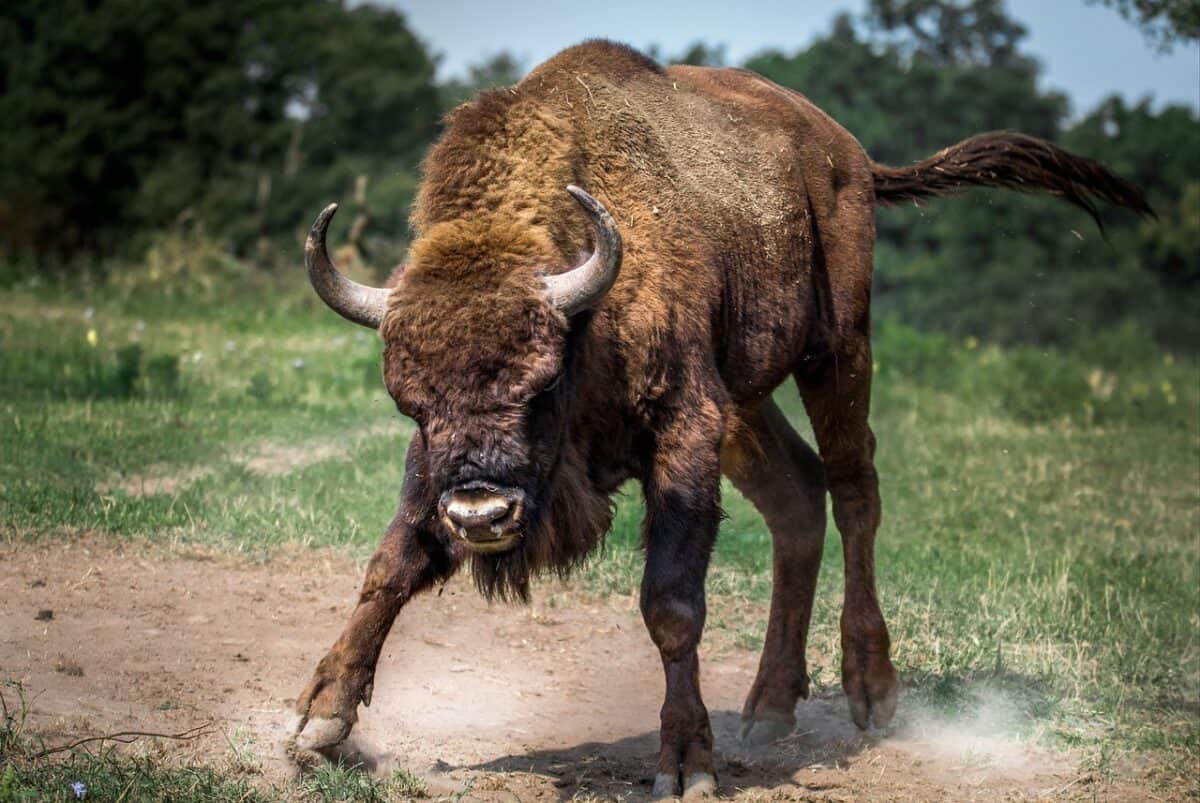
Bison, especially mothers with calves, are fiercely protective of their territory and young. Approaching too closely can trigger defensive behavior, including charging.
Aggression
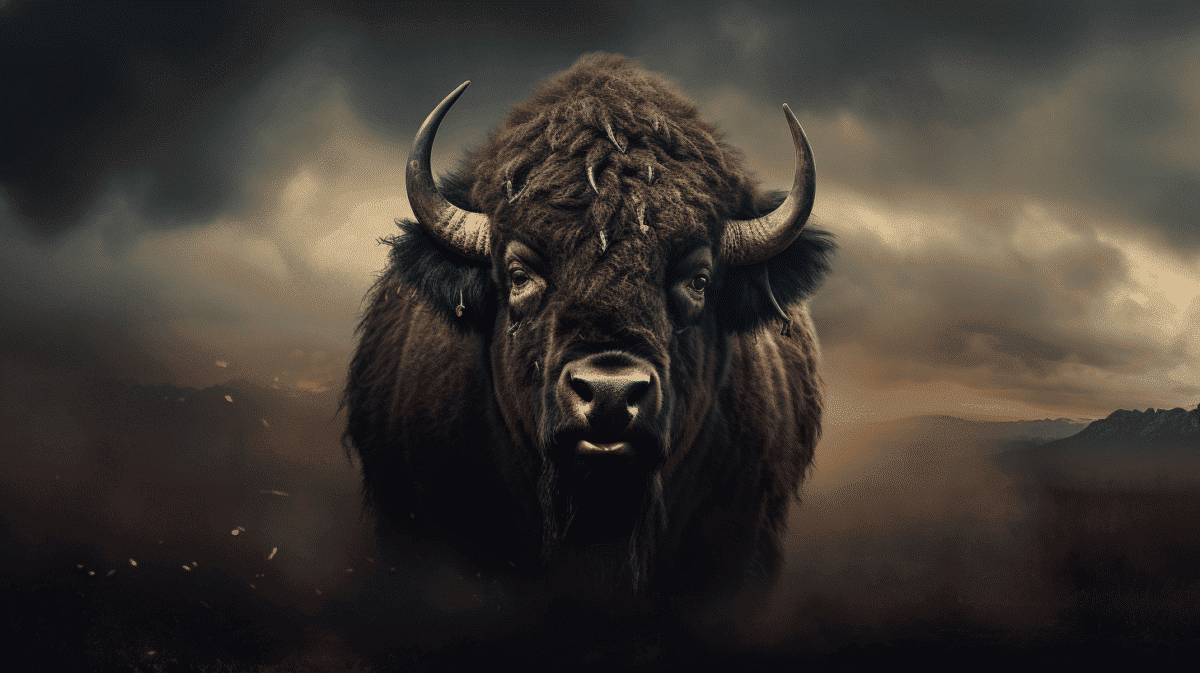
While generally docile, bison can exhibit aggressive behavior when they feel threatened or cornered. It’s crucial to give them ample space and avoid any actions that may provoke them.
Dominance Displays
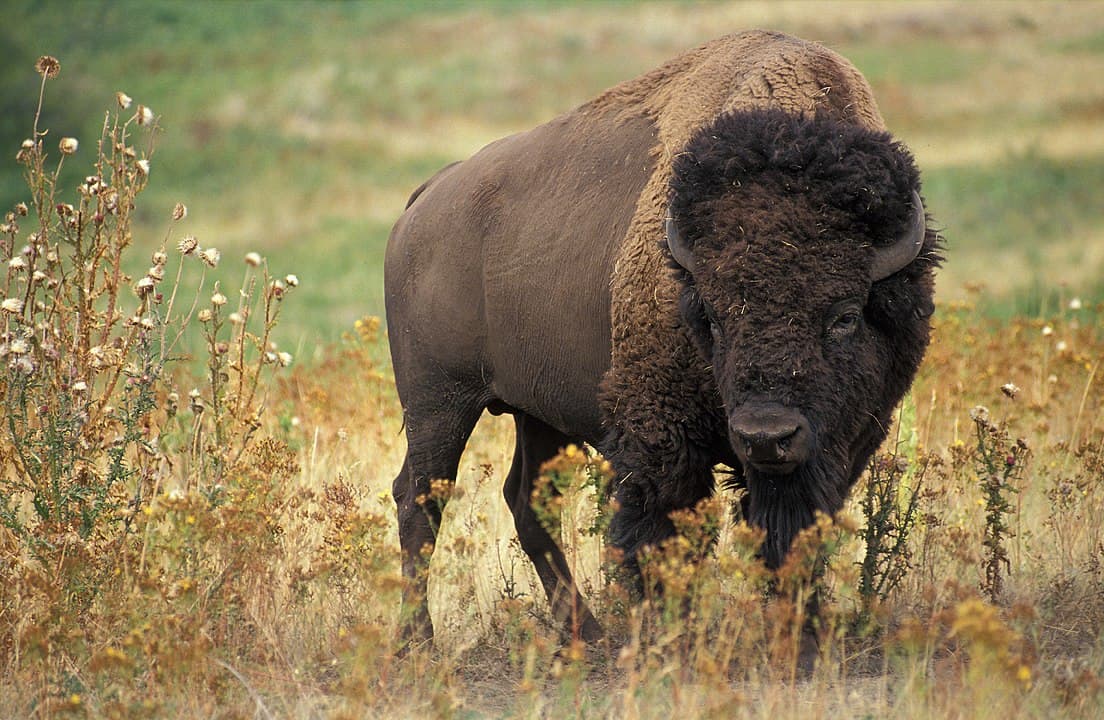
Bison often engage in dominance displays, such as pawing the ground or lowering their heads, to assert their position within the herd or deter perceived threats.
Warning Signs
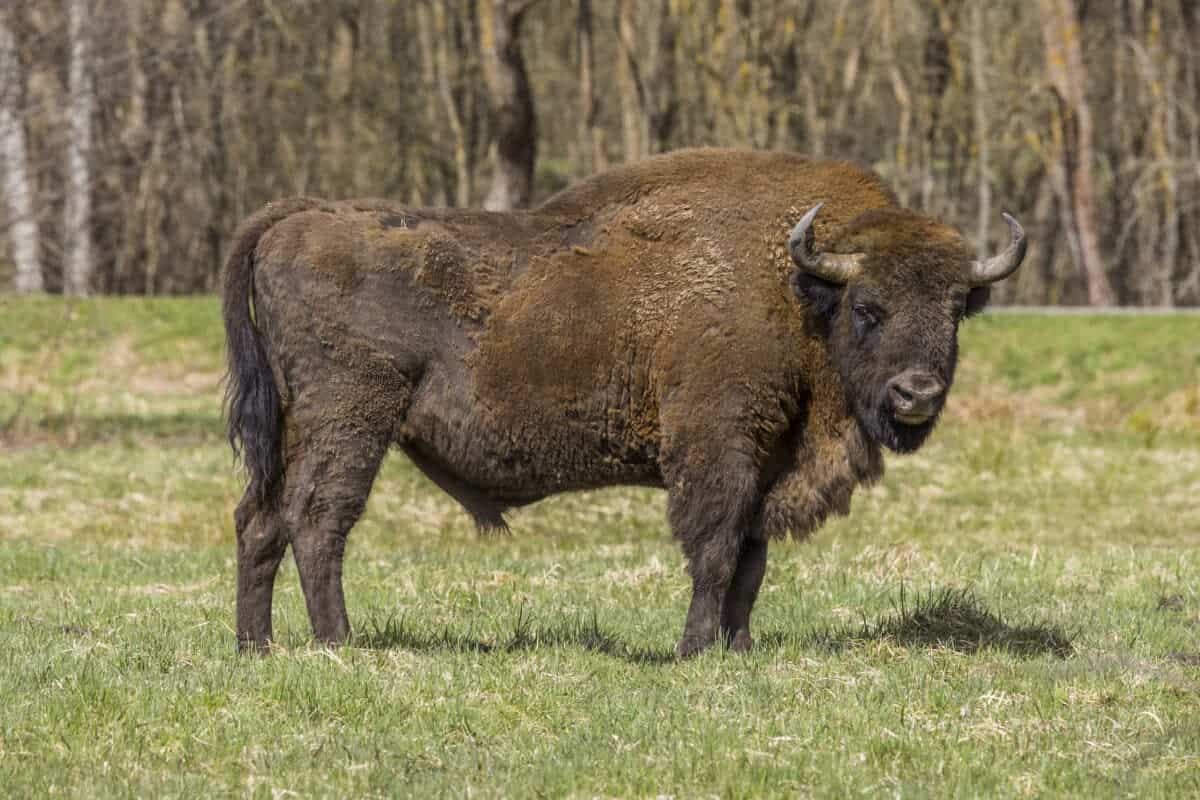
Before charging, bison typically exhibit warning signs such as snorting, pawing the ground, or shaking their heads. These signals indicate that the animal is feeling stressed or agitated and should be respected.
Social Structure
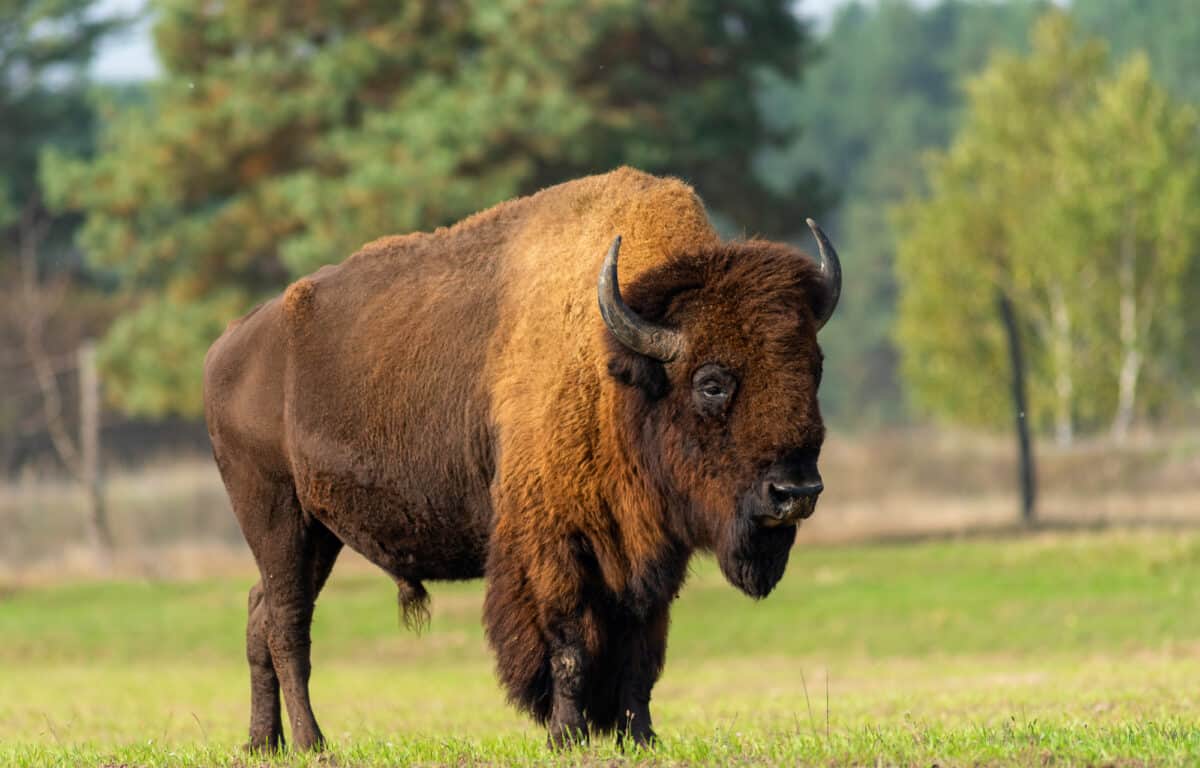
Bison live in hierarchical social structures, with dominant individuals leading the herd. Understanding this hierarchy can help visitors anticipate how bison may react in certain situations and avoid confrontations.
Wrap Up
In conclusion, while encounters with wildlife can be exhilarating, it’s essential to prioritize safety and conservation. Respecting wildlife boundaries and observing from a safe distance ensures both the well-being of the animals and the safety of visitors. Let this video serve as a cautionary tale, reminding us of the awe-inspiring beauty and untamed power of nature.
Thanks for reading along, for more, check out our related article link below!
Next up:
- Camper Finds Himself Surrounded By Alligators In Middle Of Night - May 3, 2024
- Have You Ever Seen A Sword Fighting Dog? - May 3, 2024
- Pro Athlete Rescues Stray Dog Who Kept Showing Up To Practice - May 2, 2024

